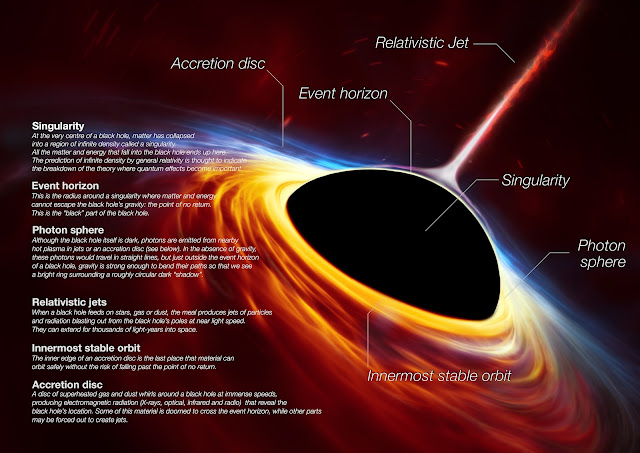NASA's Mars Curiosity & Perseverance Rovers—New May 2022 Images | JPL
A pareidolia is an optical illusion that makes us see a familiar pattern, here a "door", where there is none.
Pareidolia: Dictionaries describe this term as a human tendency to see recognizable shapes in objects or data that are otherwise not familiar to us.
Learn more about pareidolia and Martian "space oddities:"
https://mars.nasa.gov/multimedia/space-oddities/
Image Technical Details: Mosaic of 113 pictures taken by MastCam Right camera (110mm focal length) aboard Curiosity rover on sol 3466 (May 7, 2022) at 11:19 am Martian local time. Sky extended in post-processing.
Perseverance May 2022 Update: One of the prime objectives of NASA's Mars Perseverance rover mission is to collect a diverse cache of rock samples for eventual return to Earth. Among the highest priority rocks to sample are those that make up the well-preserved delta located on the western side of Jezero crater. This delta was one of the key attributes that made this landing site so appealing in our search for ancient Martian life. Close examination of deltaic rocks is critical for interpreting their depositional environment and establishing whether this paleoenvironment may have been habitable.
Since landing in Jezero crater last year, the rover has been investigating and drilling crater floor rocks to add to the sample cache. However, the rover has not yet had access to coveted deltaic rocks—until now, that is. After conducting a “rapid traverse” toward the delta, Perseverance finally arrived at the delta front. Last week the rover parked at a site called Enchanted Lake, where the team was hopeful we might sample deltaic rocks for the very first time.
Unfortunately, the rover can only collect a finite number of samples so the team has to carefully weigh all options, keeping in mind what has already been sampled and also trying to anticipate what we might encounter along the rest of the traverse. Although we are eager to drill into the delta, we have to be judicious.
Therefore, our first action item at Enchanted Lake was to examine the rocks there using the rover’s remote science instruments in order to decide whether they fit the desired criteria for sampling. The rocks at this site displayed many distinct—and interesting—characteristics compared to the others we have studied thus far in Jezero. Yet, after a thorough assessment, the team decided to forego sampling at this location. It was a difficult decision to make, but we feel optimistic about the opportunities that lie ahead. The data collected at Enchanted Lake will be used instead to build context for future investigations of the delta.
The rover is now headed east toward a location called Hawksbill Gap, another promising location for sampling the delta. While traversing along the delta front, Perseverance will continue to collect data to help characterize the contact between the crater floor and deltaic rocks before ascending onto the delta itself. What about our long-awaited sample of delta rocks? For that, we will have to wait a bit longer.
Mission Name: Mars 2020
Rover Name: Perseverance
Main Job: Seek signs of ancient life and collect samples of rock and regolith (broken rock and soil) for possible return to Earth.
Launch: July 30, 2020
Landing: Feb. 18, 2021, Jezero Crater, Mars
Mission Name: Mars Science Laboratory (MSL)
Rover Name: Curiosity
Main Job: To determine if Mars was ever habitable to microbial life.
Launch: November 6, 2011
Landing: August 5, 2012, Gale Crater, Mars
Image & Caption Credits: NASA/JPL-Caltech/Thomas Appéré
Image Release Dates: May 11-13, 2022
#NASA #Space #Astronomy #Science #Mars #RedPlanet #Planet #Astrobiology #Geology #Jezero #Gale #Crater #Perseverance #Curiosity #Rover #Technology #Engineering #JPL #Pasadena #California #UnitedStates #JourneyToMars #ThomasAppéré #Human #Perception #Pareidolia #STEM #Education

Thomas%20App%C3%A9r%C3%A9-V1.jpg)
Thomas%20App%C3%A9r%C3%A9-V2.jpg)
Thomas%20App%C3%A9r%C3%A9-V3.jpg)
-Thomas%20App%C3%A9r%C3%A9-V4.jpg)
Exp67-V1.jpg)
Exp67-V2.jpg)
Exp67-V3.jpg)
Exp67-V4.jpg)
.jpg)
Exp67.jpg)

